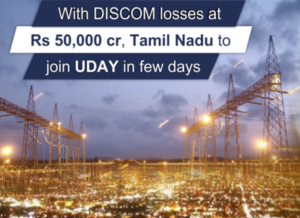
Gujarat has retained the top position in the list of 21 states and UTs with most investment potential, according to a report by economic think-tank NCAER.
Gujarat is followed by Delhi, Andhra Pradesh, Haryana, Telangana, Tamil Nadu, Kerala, Maharashtra, Karnataka and Madhya Pradesh.
The ranking of 20 states and one Union Territory of Delhi was based on six pillars — labour, infrastructure, economic climate, governance and political stability, perceptions and land — and 51 sub-indicators.
While Gujarat topped in economic climate and perceptions, Delhi ranked one in infrastructure. While Tamil Nadu topped the chart in labour issues, Madhya Pradesh ranked one in land pillar.
The National Council of Applied Economic Research (NCAER) State Investment Potential Index (N-SIPI 2017) report ranks states on their competitiveness in business and their investment climate.
Compared to 2016, Gujarat and Delhi again top the list of states, while Haryana and Telangana have moved rapidly up the ranks to finish among the top five, it said.
NCAER Director-General Shekhar Shah said: “Investment opportunities are expanding in India in all sectors. The GST will weave India’s states together in ways that has not been possible before”.
Further the report said that although Bihar, Uttar Pradesh and West Bengal are ranked among the least favourable states for investment, they rank higher under individual pillars.
Indira Iyer, the team leader for the 2017 N-SIPI, stated that as per the report, “corruption” continues to be the number one constraint faced by businesses.
However, she said, the 2017 N-SIPI reports a decline in the percentage of respondents citing corruption as a constraint to conducting business from 79 per cent in 2016 to 57 per cent in 2017.
Getting approvals for starting a business is still the second-most pressing constraint faced by businesses in 2017 as was the case in 2016, she added.
Talking about this index, Department of Industrial Policy and Promotion (DIPP) Secretary Ramesh Abhishek said these reports are aiding states in improving the business climate and attracting investors.
Source : http://economictimes.indiatimes.com/articleshow/59661570.cms





